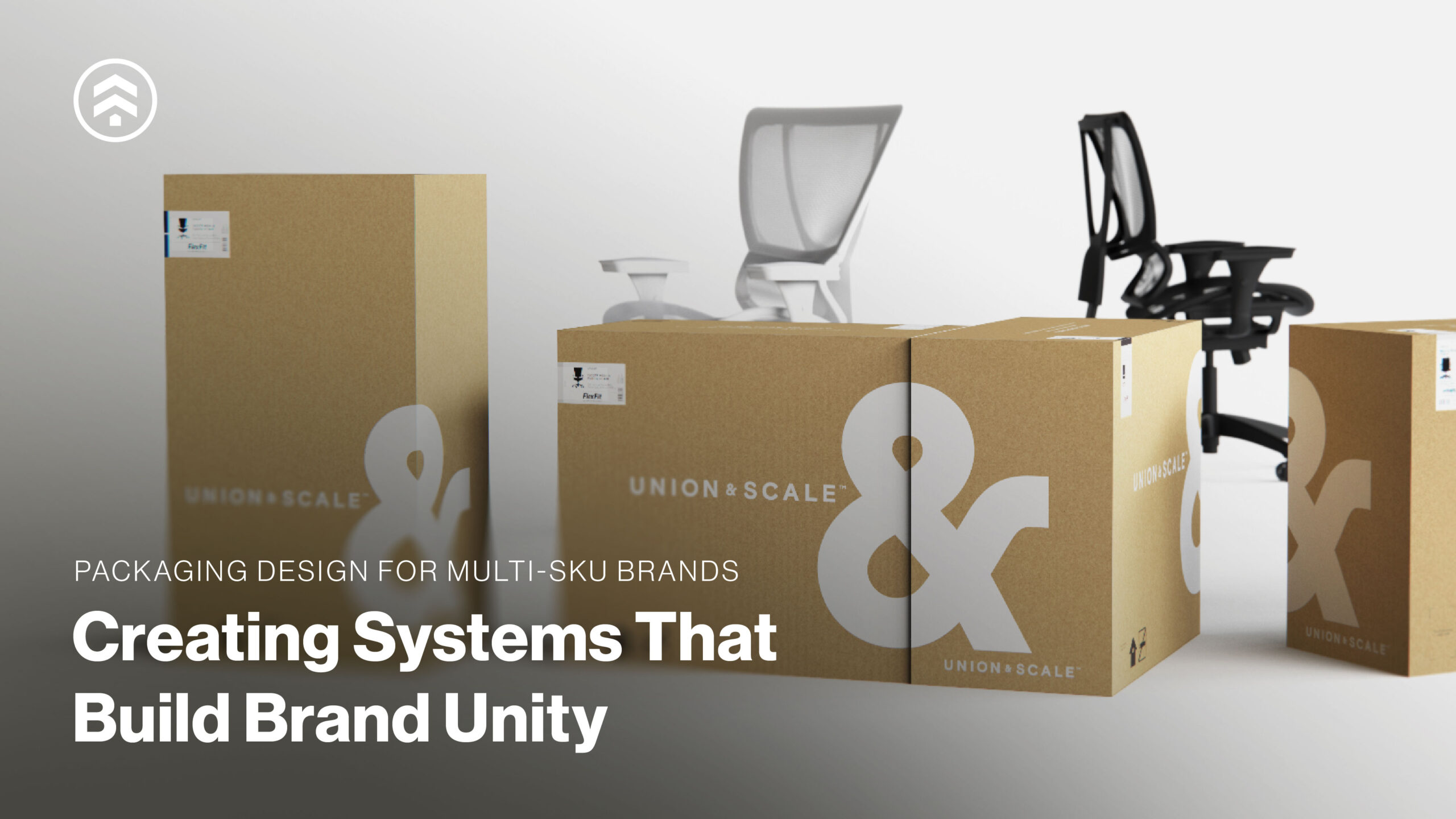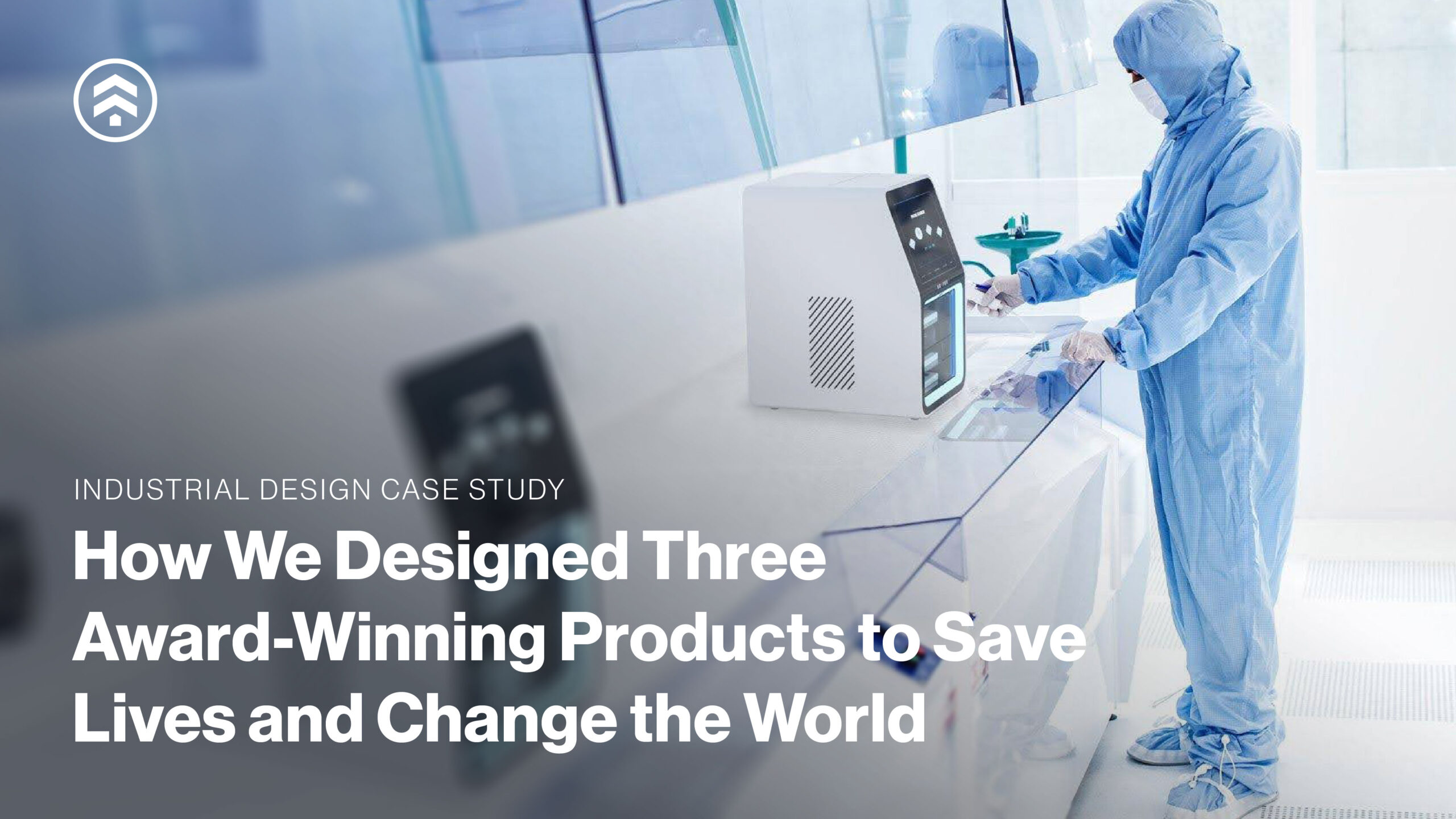Design Trend Report — Summer 2023

Design trends reflect the evolving needs and desires of consumers, and future trend forecasting is essential to creating products that are forward-thinking and consumer-viable. In this article, we explore the latest trends across multiple industries that are influencing and impacting our Color, Material, and Finish (CMF) decisions this season.
Because trends are subjective to every brand/product, keeping the user in mind is most important. Staying connected with your design team to align market research and industry trends will help you determine the best design decisions for your brand.

After two years of the pandemic, during which society gained a heightened consciousness about the consequences of their actions, consumers are now increasingly mindful of the impact of their purchases. Questions like where a product is made or what materials it contains have become more prevalent. This shift in consumer behavior is driven by considerations of health, budget, and societal implications, given rising prices and strained relations between influential nations. Consequently, design trends reflect a shift towards authenticity, sustainability, and personal connection. Transparency, textures, accents, and familiar shapes are key elements in creating engaging and meaningful experiences.
Transparency and Assembly: Consumers are seeking transparency in their products; desiring a clear understanding of what they are purchasing and the ability to assemble or disassemble items easily for repair or disposal.
Familiar Shapes: After experiencing overwhelming isolation during the pandemic, users are drawn to products that evoke a sense of familiarity and friendliness. The demand for designs like Daze, a sofa design by Nicholas Baker, continues to grow steadily as consumers increasingly yearn for everyday objects that embrace a more human touch and evoke a comforting nostalgia.
Multidimensional Colors: The use of multiple colors in product design creates a subtle attention-grabbing effect while seamlessly blending with the surrounding space. These futuristic color palettes are especially popular in the tech industry. One product that has gained popularity due to this characteristic is the LG Gram, highlighted at the Consumer Electronics Show for its disappearing mouse pad utilizing a multidimensional finish.
Satisfying Geometry: Elongated and vertical shapes are prevalent in contemporary product design. The use of vertical and horizontal lines as patterns, often employing a single constant line, creates a sense of infinite possibilities and a clear silhouette.
Storytelling Textures: Expressive wood grains and heavy textures have gained appreciation as they communicate the story behind the materials used in a product. Consumers are placing more value on sustainable materials and appreciate the craftsmanship involved in consciously chosen alternatives. As the idea of luxury is evolving to also consider environmental impact, premium brands have been exploring the use of new materials. Recently, Bentley Home unveiled a collaboration with designer Frederico Peri and Italian company Paper Factor— a marble-like table that is actually made from paper.

Fashion and automotive design are some of the most expressive product categories. As the design landscape evolves to cater to shifting consumer preferences, conscious consumption and fostering conversations around craftsmanship are becoming more common.
Eco-friendly Innovation: The latest looks from the runway showcase organic textures such as natural wood grains, and fashion brands are utilizing more environmentally-friendly and recycled fabrics and materials. Ralph Lauren recently rolled out a first-of-its-kind cashmere recycling program that recycles textiles into new yarns, fabrics and knitwear for not only Ralph Lauren, but brands like Filippa K, Eileen Fisher, Stella McCartney and Patagonia.
Flat and Satin Finishes: Both the automotive and fashion industries have shifted away from a metallic look, instead embracing flat and satin finishes. Prominent brands like Porsche are leveraging this shift to their advantage, strategically offering non-metallic colors as “special colors” on their latest models like the Taycan. By embracing these unique color options, customers not only elevate the visual appeal of their vehicles but also enhance its overall value.
Accents That Pop: Accents play a significant role in both automotive and fashion design, serving as focal points that reflect personality and create conversation starters. Neon colors have emerged as popular choices, providing a striking contrast to the neutral tones they are often paired with.

As companies adapt to the post-pandemic approach to work, trends evolve with it reflecting the changing needs and desires of individuals. The yearning for familiarity and satisfying atmospheres drives design choices that evoke a feeling of reassurance and togetherness. Furthermore, consumers now place greater value on the history and narrative behind a product or space, seeking out humanized and handcrafted pieces that embody authenticity and sustainability. This shift in consumer preferences highlights the growing appreciation for products and designs that possess a sense of genuineness and offer a connection to the past.
Bold Colors: Interior design is embracing bold colors (not to be confused with the neon hues seen in automotive and fashion). Primary colors and shades of green are predicted to dominate kitchens in the next few years, according to the National Kitchen and Bath Association (NKBA). Kohler received lots of buzz at the Kitchen and Bath Industry Show this year for the launch of the Heritage Color Collection, featuring beloved shades from Kohler’s colorful archives.
Outdoor-In Influence: The desire to bring the outdoors inside is reflected in interior design through the use of heavy wood grains, natural and light wood colors, materials like cork, and elements of transparency. This trend aims to bridge the gap between indoor and outdoor environments, emphasizing biophilic geometry as a decorative element. In another interpretation of this trend, Clay Court Club, an installation by architect and designer Cristina Celestino, featured playful references to tennis— including chairs with interwoven details akin to tennis rackets, a bench that takes cues from courtside seating, and carpet that matches the color of a clay court.
Repurposed Aesthetic: We see retail spaces and trade shows shifting away from clean, minimal design and opting for a “used” and repurposed aesthetic instead. Independent design fair Alcova chose to host their latest exhibition in a former slaughterhouse — a huge contrast to the typical Milan Design Week venues like palazzos, villas, and theaters. Recording more than 90,000 visitors this year, Alcova’s industrial space was hailed by design devotees as a palate cleanser of sorts from the sheer extravagance of Milan Design Week. The group is planning a similar exhibition at Miami Art Week later this year.
In an ever-evolving consumer landscape, where emotional connections and remarkable memories define the success of products, the significance of Color, Material, and Finish (CMF) in the design process cannot be overstated. A product’s look and feel possesses the power to captivate, inspire, and leave an indelible mark on its users, shaping their experiences and forging lasting connections with the brand. Recognizing the immense potential of skillfully crafted CMF design unlocks a world of impactful business opportunities and unforgettable brand experiences.
To connect with our design team on the latest trends, color and material research, or design direction for your brand, reach out via our website.

